5 Steps for Creating Bulletproof Business Cases
Length:
In-person classes – 2 days / Virtual (Live online) - 4 sessions
PDUs/CDU's: 14
Overview:
Project teams often find themselves developing business cases for the performing organization. When asked to do so, it is critical to create a solid business case. All too often, project teams are asked to implement a solution before the underlying problem is known or assessed. No one likes working on misguided projects, or efforts that don’t meet business needs, or projects doomed for failure. Worst of all are projects that are cancelled because of lack of support or sponsorship. A well-defined business case helps prevent these issues.
An essential ingredient to successful projects is a clear and relevant business case. It provides both insights into and a proposed solution for important business needs. Bulletproof business cases contain feasible and effective ways of justifying and recommending projects that squarely address business needs, both problems and opportunities.
Through this course, you will learn a repeatable process that starts with identifying business needs and ends with a bulletproof business case. You will learn and practice applying each step in a 5-part approach to developing business cases. Help contribute to your organization’s bottom line with bulletproof business cases!
Pre-requisites: Experience working on projects. Individuals who have experienced problems from projects initiated without a business case may advance quicker at first.
Skill Level: Intermediate
Audience:
Business, Program and Project professionals who are asked to create business cases for their organization. This could be business analysts, project managers, process analysts, or business staff.
Format:
To help assimilate the tools and techniques learned, there is a mixture of various kinds of exercises throughout the course. A lively role play and case study help reinforce concepts learned. Students will need to be prepared for a high level of participation. Each participant will receive a comprehensive student guide complete with examples and workshop solutions.
WHAT YOU’LL RECEIVE
Both our Traditional and Virtual classes use the same materials.
- Comprehensive study guide with PowerPoint slides and detailed notes to serve as both an in-class guide and on-the-job reference.
- Example case study running throughout the course.
- A second workshop case study designed to give practice in applying business case skills.
- Workshop solutions that serve as an example business case.
- Comprehensive business case template to use on the job to jump-start your real-life business cases.
- Class discussions and exercises to reinforce the information presented.
Content:
Purpose, Content, and Roles for Business Cases
- Business case overview
- Roles Involved in business cases
- SARIE framework for business cases
- Exercise
Define the Business Need: Understanding the Situation
- Determining the right problem to solve or opportunity to seize
- Crafting a solid situation statement in business terms
- Exercise
- Case Study Workshop
Analyzing the Business Need
- How analysis avoids “jumping to solutions”
- Three key techniques for getting to the root cause
- Case Study Workshop
Making Sound Recommendations
- Developing recommendations based on needs and causes
- Case Study Workshop
- Five critical methods to ensure recommendations are thorough and complete
- Two Decision analysis techniques to adjust recommendations to the criteria of importance to decision-makers and ensure the business case supports business objectives
- Case Study Workshop
Performing Cost-Benefit Analysis to Cost-Justify a Recommendation
- Exercise
- Benefit types and tips for citing them
- Cost types and tips for identifying them
- Four essential and industry-standard financial valuation techniques: Payback period, ROI, Internal Rate of Return, and Net Present Value
- Exercise
- Case Study Workshop
Planning Implementation and Evaluation of a Business Case
- High-level implementation considerations, including dependencies, milestones, change management, and overcoming obstacles
- Plan evaluation criteria
- Packaging and presenting a business case, focusing on audience communication preferences
- Case Study Workshop
APPENDIX
Business Case Template (includes a downloadable soft copy)
NOTE: This outline is subject to change.

